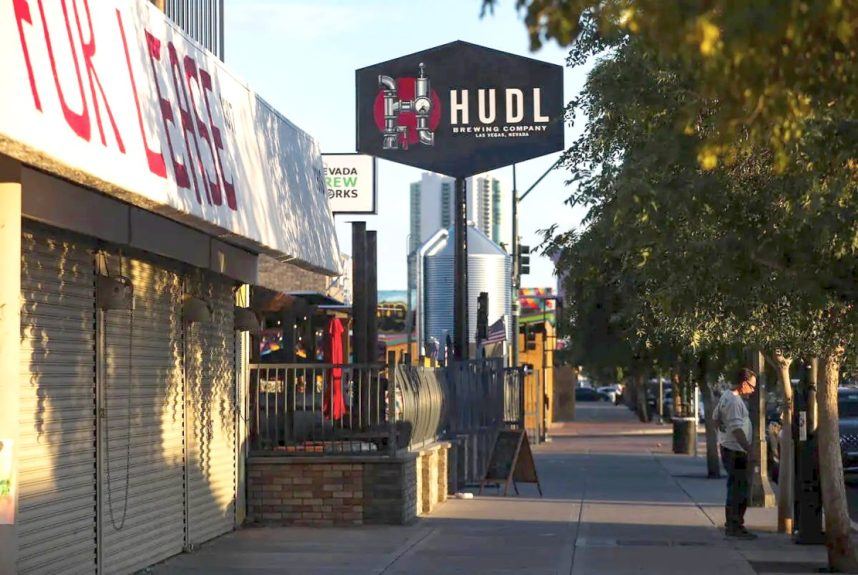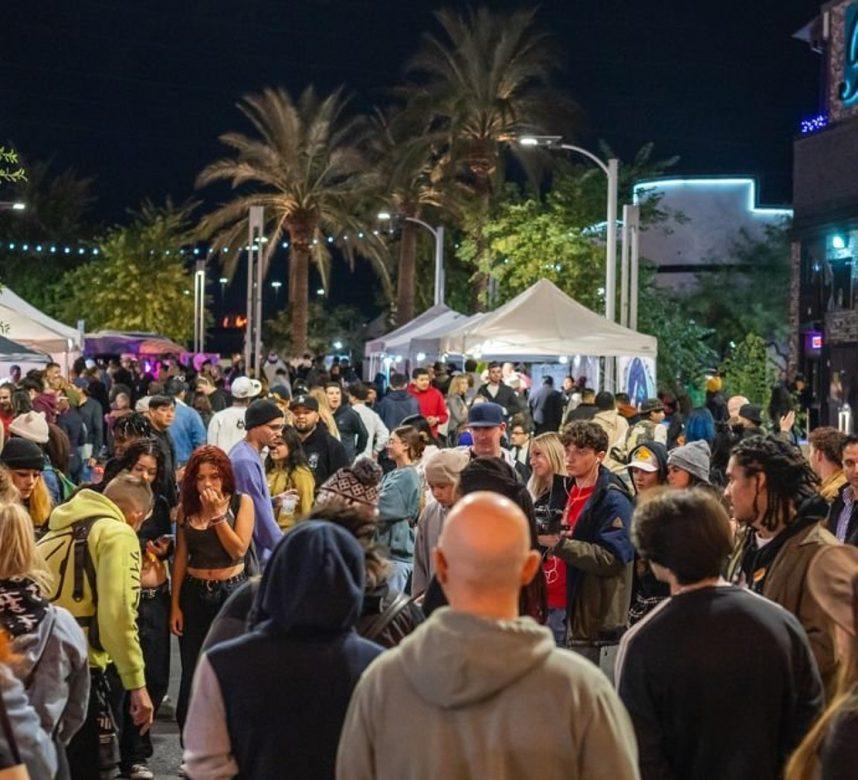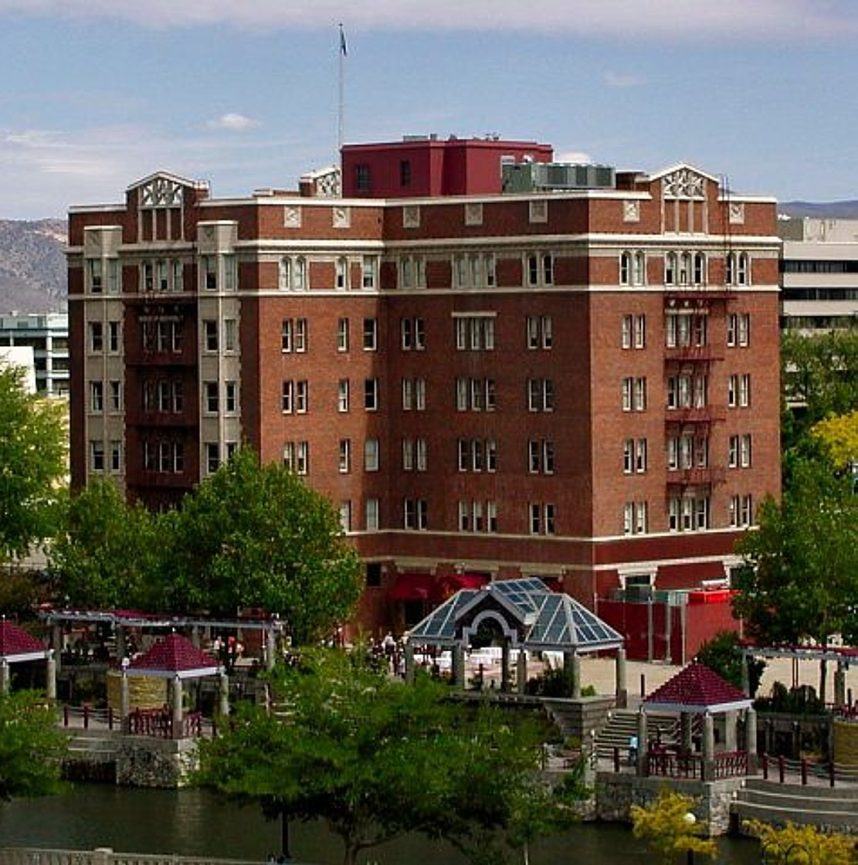Las Vegas Wants to Put Art Back in its Art District
[ad_1]
Posted on: January 23, 2024, 04:12h.
Last updated on: January 23, 2024, 05:27h.
The city of Las Vegas wants to bring art back to its art district. It already commissioned a feasibility study to create new affordable housing for artists to live and work in the downtown area it refers to as 18b.

Las Vegas intends to partner with ArtSpace, a Minneapolis-based nonprofit that operates 57 properties across the US as affordable housing for artists, with another 13 on the way. About 60% of its projects are redevelopment, and 40% are new construction.

Art-Warming
It may not be news when yet another city allows rising rents to evict its artists from the neighborhood that they themselves revitalized. But it is news when a city tries to reverse that inevitable trend — when its actions suggest that it values the quality of a community as much as the quantity of the tax revenue it could earn from all of its buildings selling to the highest bidder.
“I know that the folks in the city tend to be business-forward, but they are working with residents, so we can’t keep saying they don’t care because they do,” Becky Miller, the president of 18b, told Casino.org. “I think this city is just trying to become a bigger and better city.”
The city’s study looked at potential sites, funding, and financing for the new housing project. And the preliminary news was good. Now, the city and ArtSpace are conducting town halls and focus groups with artists, creatives, and cultural organizations to gather community input.
“The Arts District has exploded,” Las Vegas Parks, Recreation, and Cultural Affairs Director Maggie Plaster said during a town hall meeting last week. “Everybody wants to be there. Restaurants and bars have been moving in, but that has been pushing the artists and the creatives out of the district.”

Art Imitates Strife
Everyone thinks they want to live where artists live, but they really don’t. Artists rent lofts in neighborhoods infested with drugs and crime to pursue their dreams — because those neighborhoods are all they can afford, and because their dreams are more important to them than their safety.
When 18b — so named because it is an 18-block zone — was created by the city of Las Vegas in 1998 to nurture art and artists, its streets were lined with discarded drug needles and welfare hotels.
About five years later, as is typical of most art districts, rents began rising along with the community. This attracted property developers who built condos and apartments for the wealthy, and turned former art galleries into breweries and $20-an-entrée gastropubs.
“It happened to anyone and everyone who was actually doing anything worthwhile down there, except for the people who went right along with it because of whatever perceived advantage they thought it would give them,” said Thirry Harlin, a mixed-media artist who lived and worked in an 18b studio until he was forced out in 2015. “But in the end, it didn’t help any of them unless they too ended up buying some property — property that nobody wanted until we made it valuable with our work.”
Now, 10 breweries line what Las Vegas Mayor Carolyn Goodman dubbed in 2021 “Brewery Row” inside 18b, but very few working artists can afford to live there anymore. Many just rent one of the 30 working-only spaces in the Arts Factory collective or the 16 in Art Square.
“Of course, property owners are going to sell for as much as they can,” Miller said. “You can’t blame them. But there are a number of people who still have a heart and the desire to keep art and to promote art in the area.”
After it finishes gathering input on its new artist community, ArtSpace will prepare recommendations for next steps for the city.
“I don’t think that this is a panacea,” Miller said. “I don’t think that just slapping up a building is going to bring artists in, but we have to start somewhere. And if we don’t start somewhere, we’ll never get to where we want to go.”
[ad_2]
Source link
